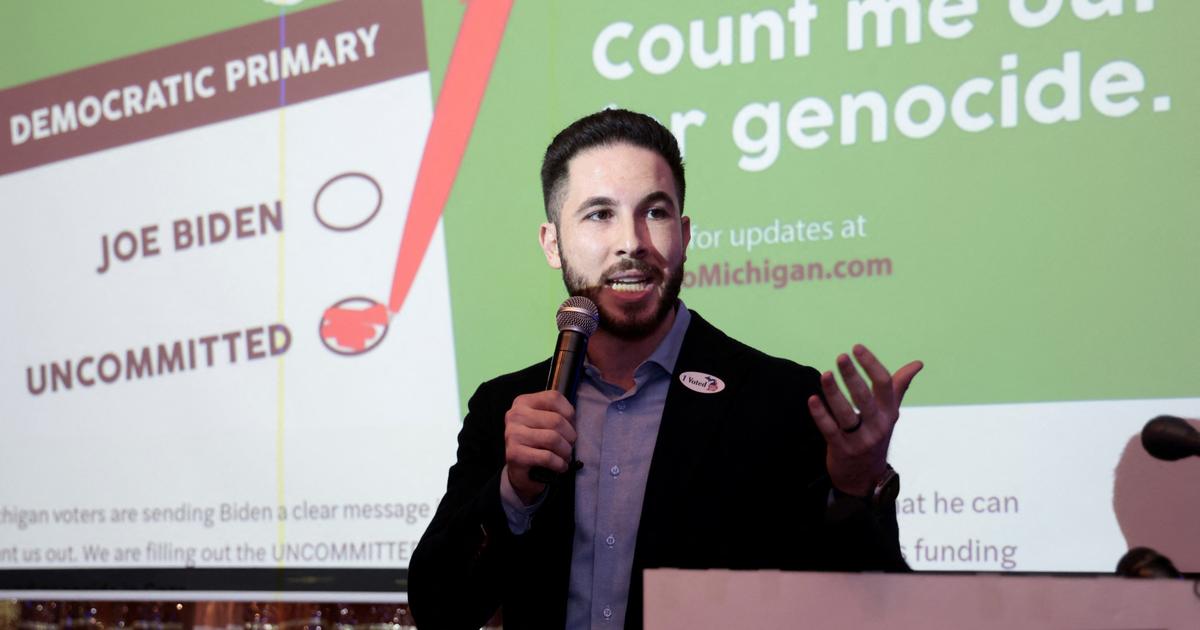Doctor explains what are the palliative treatments that Jimmy Carter receives 6:02
(CNN) --
The Carter Center announced Saturday that former United States President Jimmy Carter will receive hospice care at his home in Georgia.
"After a series of brief hospital stays, former US President Jimmy Carter has decided to spend whatever time he has left at home with his family, receiving palliative care rather than further medical intervention," the statement said. "He has everything the support of his family and his medical team.
Carter, 98, is the longest-serving president in US history.
He survived metastasized brain cancer and faced a host of health issues, including brain surgery after a fall in 2019.
Former US President Jimmy Carter will begin hospice care
In light of the news that Carter has opted for hospice care, CNN Medical Analyst Dr. Leana Wen and I thought many people might not fully understand what this means, beyond a vague understanding that some people get these cares towards the end of life.
There can be benefits and blessings for the person receiving hospice care and their loved ones.
But there are also some common misconceptions about what it entails.
I asked Dr. Wen, an emergency physician and professor of health policy and management at George Washington University's Milken Institute School of Public Health, to walk us through a few questions.
advertising
What is palliative care and who qualifies to receive it?
Dr. Leana Wen –
Hospice care is a type of specialized medical care for people nearing the end of their lives that focuses on maximizing comfort for the patient as well as support for the patient and family.
That includes reducing physical pain and addressing the psychological, emotional, and spiritual needs of those involved.
Usually, to qualify for hospice care, the patient must have an incurable medical condition with an anticipated life expectancy of less than six months.
Among the types of medical conditions suffered by patients are end-stage cancer, advanced dementia, heart failure, and chronic obstructive pulmonary disease.
Where do patients receive palliative care and who provides it?
Palliative care is an approach to care, not a specific location, so it can be provided in different settings.
The choice of settings depends on the patient and family.
Providers are an interdisciplinary team of doctors, nurses, home health aides, pharmacists and others who will care for the patient no matter what setting they choose.
Jimmy and Rosalynn Carter celebrate their 75th wedding anniversary 0:59
Many patients choose to receive hospice care at home, where they can be in familiar surroundings.
Hospice professionals help provide equipment, supplies, and staff to help the family care for their loved one.
They provide regular home visits and are usually available 24 hours a day for any concerns that arise.
Palliative care can also be given in a nursing home or hospital.
In addition, there are specialized palliative care centers.
What are some common misconceptions about palliative care?
There is a common misconception that hospice care means "giving up" medical care.
In reality, this care is a specific type of compassionate medical care for patients in the last stages of an incurable disease to live as fully and comfortably as they can.
A primary goal of palliative care is to manage a patient's symptoms so that their final days can be spent with loved ones, with dignity, and to the best possible quality.
"I have terminal cancer. And for this I prioritize travel"
A second misconception is that when a patient enters palliative care, they can no longer receive any medical treatment.
This is not true.
Patients receive medications to help their symptoms and relieve their pain.
They and their families can also choose to leave hospice at any time and resume, for example, active treatment for their cancer.
I have also heard people say that hospice care is only for patients with a few days to live.
This is also not the case.
Often, patients do not start hospice care early enough to take full advantage of the help it offers.
Starting sooner can help provide months, rather than days, of quality time with loved ones.
What are the benefits and blessings of this type of care?
Wen:
In modern medicine, the tendency is to approach disease as something to be cured.
Unfortunately, this is not always possible.
The patient may choose not to continue with certain treatments that cause severe pain when there is little chance of cure.
Faced with the prospect of a short time to live, that patient may want to minimize suffering and prioritize spending time with loved ones.
Jimmy Carter will become the longest-living ex-president in history this Friday
I know firsthand the benefits and blessings of palliative care.
My mother was diagnosed with metastatic breast cancer when she was 40 years old.
She bravely fought her cancer, undergoing multiple rounds of surgery, radiation, and chemotherapy over eight years.
Unfortunately, she had multiple remissions.
During final remission, it became clear that no cure was possible and that he had a limited time—in the end, weeks—to live.
She opted to enter hospice care, with the goal of spending her final days at home, rather than in the hospital, and with the goal of relieving her pain and suffering rather than going through another round of chemotherapy.
I understood and supported her decision, and it was important to me and my family to give her what she wanted, which was the highest quality of life with the least amount of suffering.
Does insurance cover palliative care?
Most hospice patients are eligible for Medicare, which provides hospice care through Medicare Hospital Benefit.
Medicaid also pays for hospice care in many states, and many private insurers will cover it.
For patients who do not have insurance, there are some community programs that offer sliding scale coverage or free care.
What is the difference between hospice and palliative care?
There are doctors, nurses, and other medical professionals who specialize in hospice and palliative medicine;
these are very complementary and related fields of medicine that share a similar philosophy.
Palliative care, like hospice care, also prioritizes relieving suffering, improving quality for the patient, and delivering that care in a way that is patient- and family-centered.
But unlike hospice care, the patient does not have to forego curative treatment: palliative care can be provided along with curative treatment.
Over time, if it becomes apparent that the patient is likely to die within six months, palliative care may become hospice care.
Both hospice and palliative care are important specialized medical services that are underutilized and can offer much support and comfort to many more patients and families.
Jimmy Carter




/cloudfront-eu-central-1.images.arcpublishing.com/prisa/QE5CHA6B7NGMBHBPEHCPSXLSAU.jpg)



